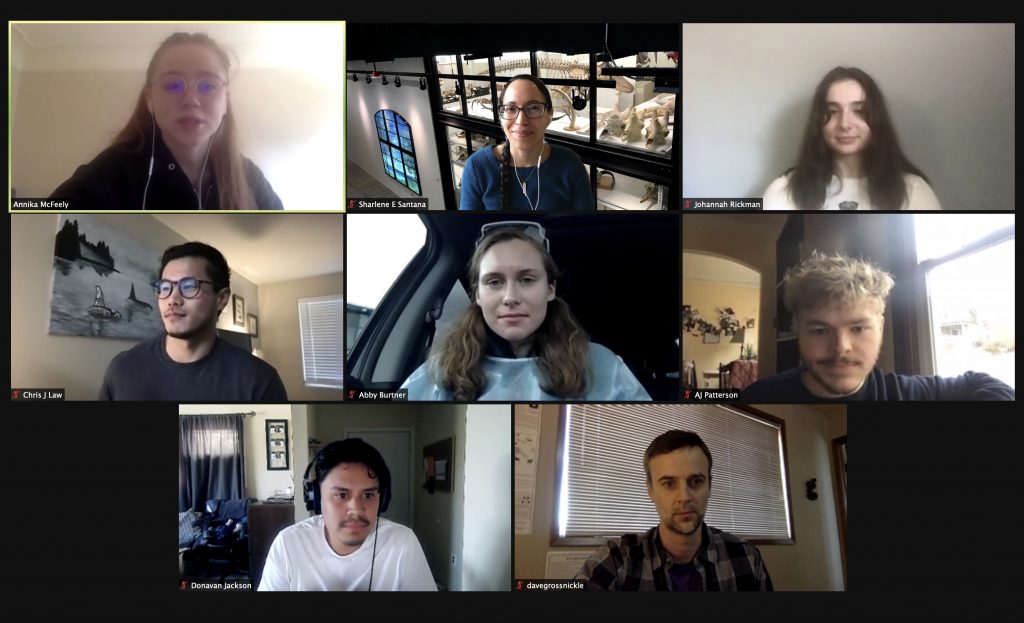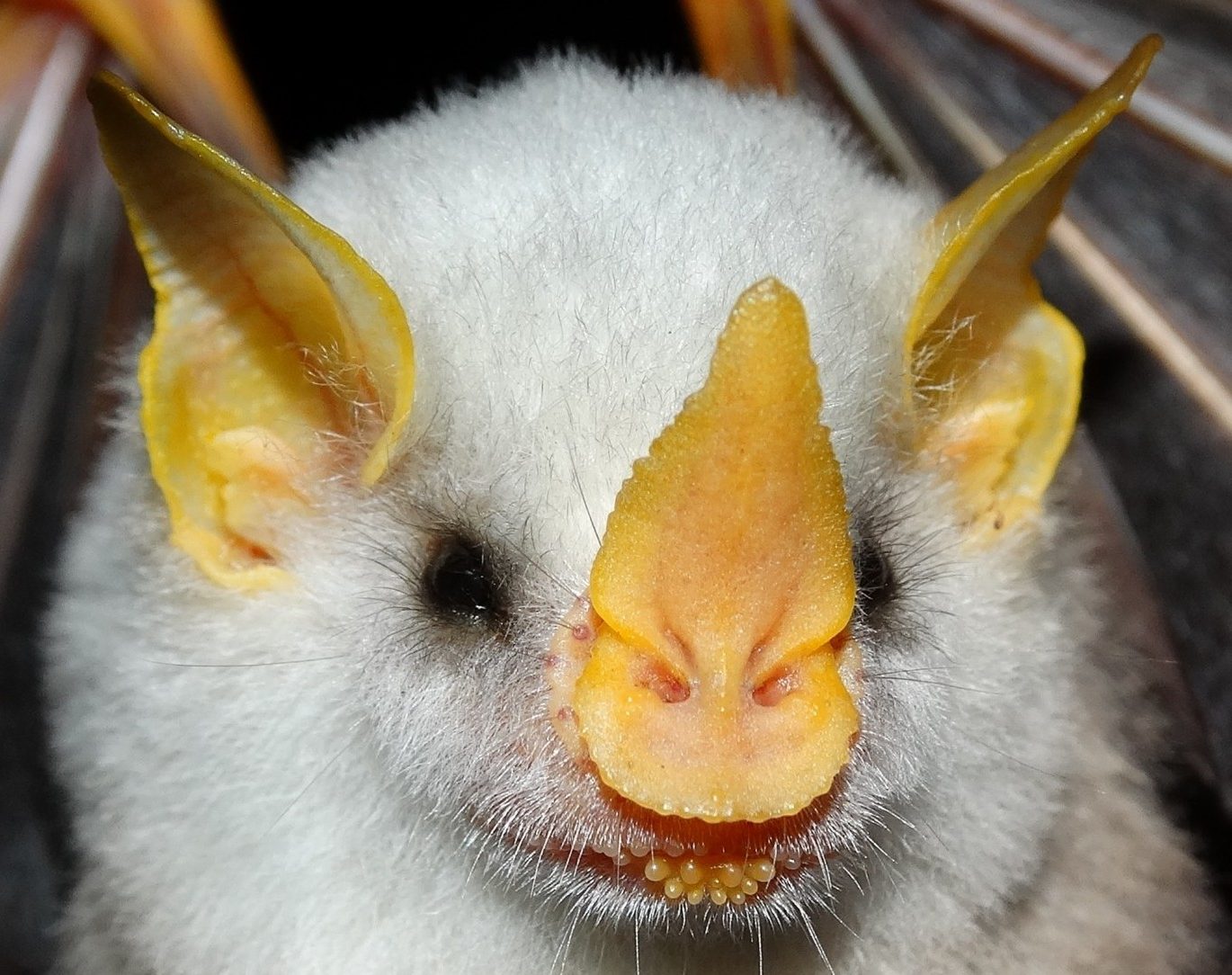
To say 2020 was a challenge for our lab would be an understatement – we canceled field seasons, cut sabbatical plans short, switched to teleworking, and had to completely re-think or put on hold many of our projects. We faced Zoom fatigue, isolation, and the stress and anxiety brought on by the pandemic, social injustices, and a turbulent sociopolitical climate.
At the same time, we renewed our commitment to increasing diversity in STEM, took the time to write papers and grant proposals, reflected about and re-thought projects, and started new collaborations. We were also fortunate to welcome new lab members: PhD student Donavan Jackson, postdocs Chris Law and Dave Grossnickle, and several undergraduates. We helped advance the understanding of how anatomical peculiarities of the bat skull affect feeding performance, how bats use scent to find fruit, how bat external sensory anatomy relates to diet and acoustics, and the intrinsic factors that control dental diversity. We received funding for major projects that will advance the understanding of how developmental biases affect the diversification of molar shape in bats, and the traits that influence plant-animal interactions within a network of nectar-feeding vertebrates. We pivoted our Mammalogy course to be taught fully online, and adjusted our operations at the Mammalogy collection to ensure the safety of our staff and visitors.
We are hopeful to continue all this work in 2021 and that we all can soon return to the lab and the collection in person, while remembering the lessons we learned in 2020.
Be safe, be well.


Comments are closed